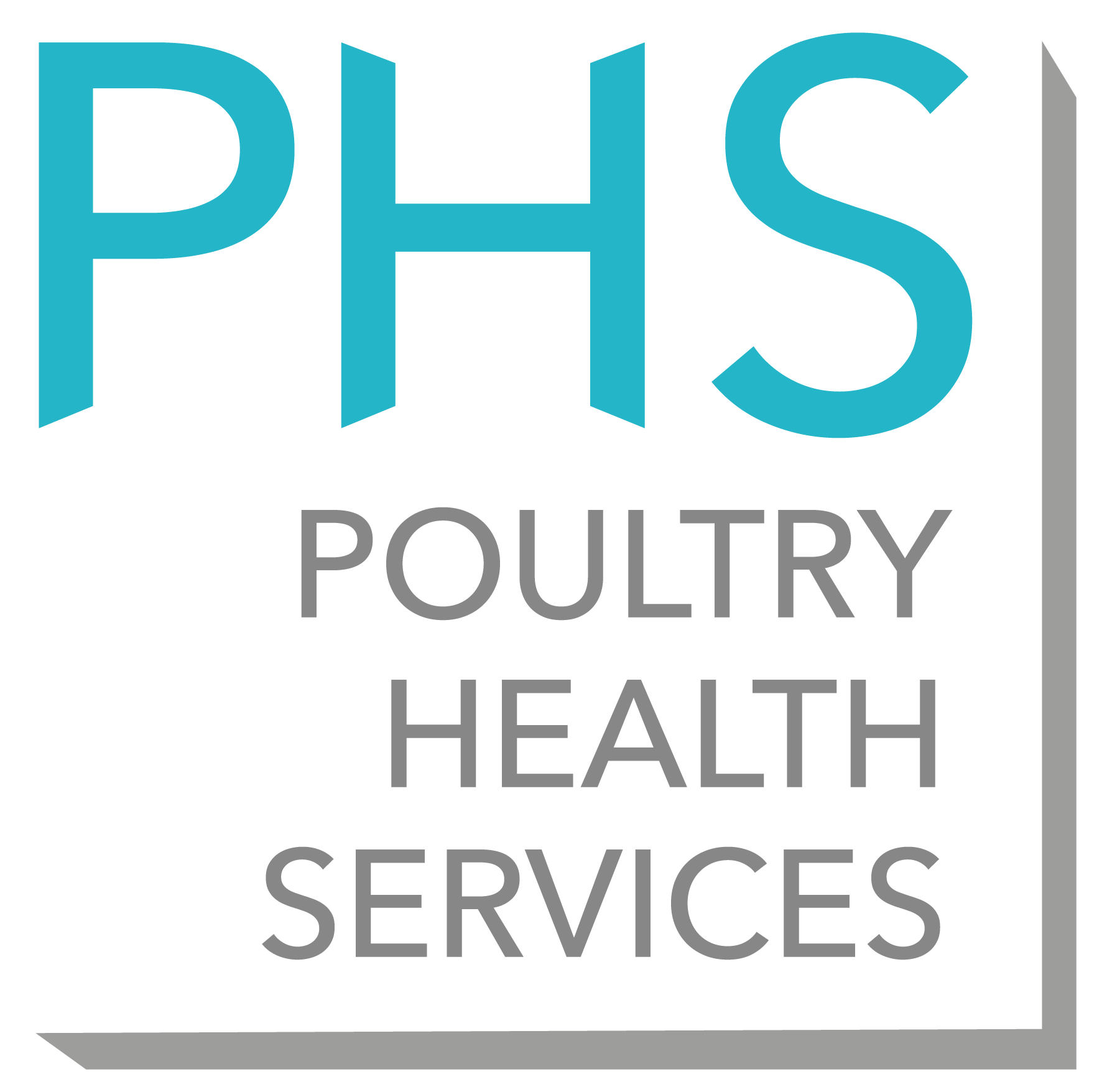Sudden Death
STREPTOCOCCUS
STREPTOCOCCUS
Streptococcus is a group of bacteria which can be found in the normal gut bacteria of many healthy birds.
However, in instances of poor health, such as decrease immune function, some strains of streptococcus can cause disease.
Symptoms
Can affects all ages of pigeon.
Usually sporadic, loft wide outbreaks are not often seen.
- Causes general septicaemia.
- Sudden death.
- Weight loss and unwillingness to eat.
- Arthritic changes to joints resulting in lameness, stiffness and the inability to fly.
Diagnostics
Post-mortem: congestion and swelling of the spleen, liver and kidneys with joint infections.
Bacterial culture of swab from the affected organs.
Treatment
Treating using the results from a culture and sensitivity to determine the antibiotic with the best activity against the pathogen.
Prevention
Cleaning and disinfection of bird living areas.
The streptococcus bacteria is present in birds as a normal gut bacteria and only causes disease sporadically, therefore ensuring the loft has a good health status will be key in reducing mortalities arising from this pathogen.
E. COLI SEPTICAEMIA
E. COLI SEPTICAEMIA
Escherichia coli is a bacteria found in the gut in all species of warm-blooded animal.
Some serovars of E. Coli are more problematic than others.
These bacteria usually only cause disease if either the immune system of the bird is compromised, for example newly hatched birds with higher than normal exposure to the bacteria, or if the gut wall is damaged leading to secondary bacterial infection, for example coccidiosis damaging the intestinal wall and allowing E. Coli to enter into the bloodstream.
Symptoms
Usually young birds.
- Sudden death: birds will look unwell briefly beforehand but can die within four hours of this.
- Hunched, depressed and weak birds.
- Other diseases can also be present so may see diarrhoea/green faeces, gasping, nasal discharge etc.
Diagnostics
Bacterial culture of a swab taken from an affected organ at post-mortem
Treatment
Treating with antibiotic dependant on the results of a culture and sensitivity test. Antibiotic resistance is a major problem, especially with regards to Coli. It is important to be targeting the right drug at the right time in these cases.
Prevention
Cleaning and disinfecting any areas birds are in contact with on a regular basis. By keeping the amount of faecal contamination low, birds are less likely to get overburdened with bacteria while their immune system is developing.
Monitoring the health status of the loft: regular testing for diseases like coccidiosis, trichomonas, chlamydia etc. will mean that you can keep these under control. A healthy bird is less likely to succumb to a bacterial disease.
Commercial vaccines are available for poultry, but there is no evidence that these are effective in pigeons.
PARAMYXOVIRUS
PARAMYXOVIRUS
This is a notifiable disease (meaning it must be reported to the APHA).
It is a variant strain of the PMV-1, Newcastle disease (NDv) virus, which is also a notifiable disease. It has been known to spread from pigeons to domestic poultry and gamebird flocks where it causes the NDv syndrome. It targets the kidney and nervous systems.
Symptoms
It can take anywhere from five days to six weeks before birds start to show symptoms after initial infection.
- Diarrhoea/green faeces.
- Loss of balance, leg/wing paralysis, circling.
- Inability to pick up feed.
- Twisted neck (torticollis).
- Medium-high mortality, especially in younger birds.
- Reduced fertility.
Recovery if showing mild signs takes three to eight weeks.
Diagnostics
Serum antibody levels from live birds to check for exposure if birds aren’t vaccinated.
Viral isolation from tissues taken from birds at post-mortem.
However, these can sometimes not give a definite result.
Treatment
Notify APHA of outbreak (through vet), birds will have to be quarantined for at least two months.
Support birds through the outbreak: electrolytes in water, assisted feeding to prevent starvation for the birds who can’t eat.
Cull severely affected birds on welfare grounds.
Clean and disinfectant all surfaces.
Prevention
Vaccination is required in all UK races. Some outbreaks can still occur despite vaccination.
First vaccine at three to four weeks old.
Adults should be vaccinated each year afterwards before the start of the breeding, showing and racing season.
Injected by sub-cutaneous method at the base of the neck, ensure to clean the needle between birds.
Follow advice on label of the vaccine, most vaccines will deteriorate within one day of being open despite being kept in the fridge rendering them useless.
Colombovac and Nobilis are licensed pigeon vaccines in the UK.
ROTAVIRUS
ROTAVIRUS
Affects mainly young birds.
Symptoms
- Diarrhoea/ green faeces.
- Hunched, dropped wings, low tail fluffed up birds.
- Decreased feed intake.
- May be collapsed, struggling to breath closely before death.
- Last for around five to seven days.
- On post-mortem: birds may have an enlarged spleen and hepatic necrosis (pale, friable liver), with little else of note.
Diagnostics
Taking cloacal swabs for PCR will show if the virus is still actively being shed by the bird.
Treatment
As it is a virus there is no treatment available.
Mortality in the loft can be up to 30%.
Treat any secondary gut diseases to improve likelihood of bird survival, such as parasite or bacterial infections.
Prevention
Isolating incoming birds for at least 14 days. The virus will cause disease in the birds three to seven days after first infection.
Infected birds that do not die or may not show any symptoms can become carriers of the disease for three to six months after initial infection and spread it to naïve birds. If continual reinfection of the loft keeps occurring isolate or euthanise these birds.
The virus is not very hardy and most common disinfectants will kill it. It survives in the environment for up to three weeks. Ensure to thoroughly clean all living areas.
Its main route of spread between lofts is during the race environment, however feral pigeons have been shown to play a part.
There is no vaccine available currently in the UK, but it is in research elsewhere.
